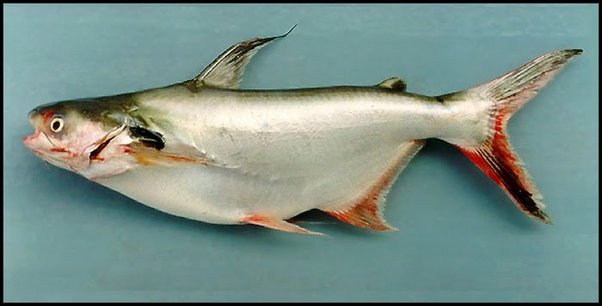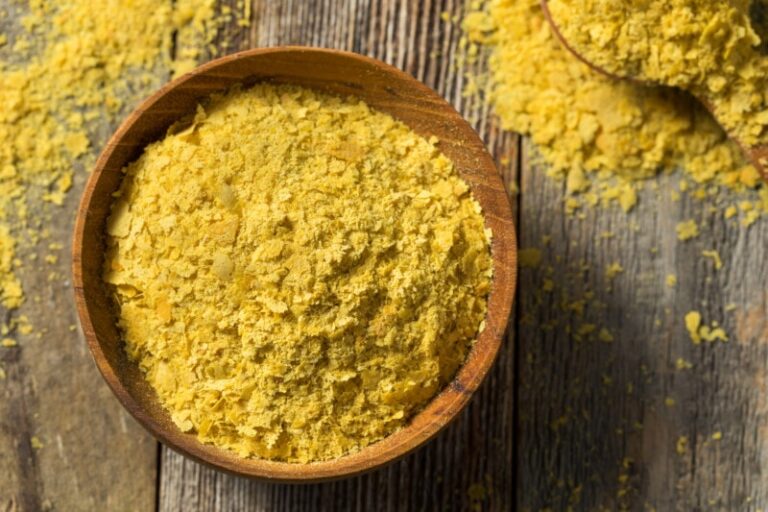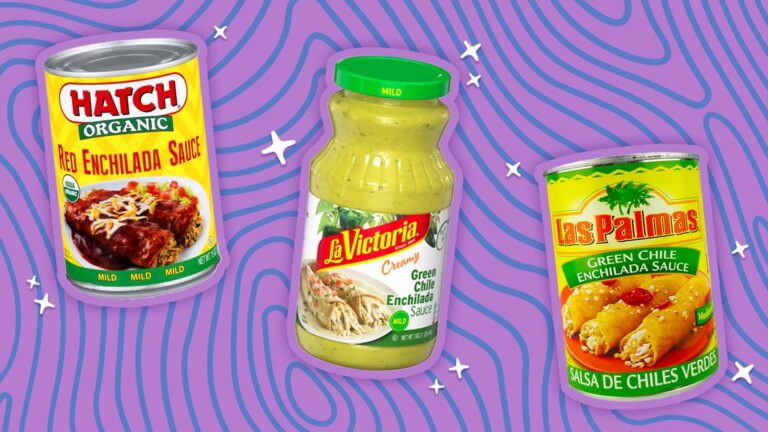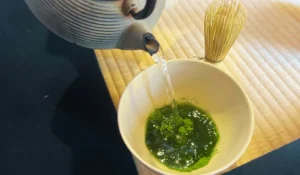Swai fish is becoming increasingly popular among seafood lovers and health-conscious eaters. Known for its mild flavor and versatility in cooking, this fish is often found in grocery stores and restaurants. In this article, we will explore everything about swai fish, including its origin, nutritional benefits, cooking methods, and its impact on the environment. Whether you’re a seasoned chef or a casual cook, this guide will provide you with comprehensive information on swai fish.
What is Swai Fish?
Swai fish, also known as Pangasius or iridescent shark, is a freshwater fish that belongs to the catfish family. It is native to Southeast Asia, primarily found in the Mekong River Basin, which runs through countries like Vietnam, Thailand, and Cambodia. Swai fish has gained popularity in many parts of the world, particularly in the United States, due to its affordability and accessibility.
Physical Characteristics of Swai Fish
Swai fish has several distinctive features that set it apart from other fish:
- Color and Appearance: Swai fish has a light gray to white body with a slightly iridescent sheen. It has a broad, flat head and long, whisker-like barbels that help it navigate its environment. The fish can grow quite large, reaching lengths of up to three feet, although the farmed varieties are usually smaller.
- Texture and Flavor: The flesh of swai fish is white and has a delicate, flaky texture. It has a mild, slightly sweet flavor, making it a favorite for those who may not enjoy the stronger tastes of other fish.
- Size and Weight: Farmed swai fish typically weigh between 1 to 2 pounds, although wild varieties can grow significantly larger. The fish are usually harvested when they are around 1 to 2 years old.
Habitat and Habitat
Swai fish is commonly found in freshwater rivers and lakes. They thrive in warm waters, making the tropical climates of Southeast Asia ideal for their growth. In the wild, swai fish are often found in schools, swimming in the middle to upper levels of the water column. They prefer environments with plenty of vegetation and slower-moving waters, which provide hiding spots from predators.
Nutritional Benefits of Swai Fish
Swai fish is not only delicious but also packed with essential nutrients. Here’s a breakdown of its nutritional profile:
1. Protein Content
Swai fish is an excellent source of high-quality protein, essential for muscle growth, repair, and overall body function. A 3-ounce serving of cooked swai fish typically contains around 20 grams of protein, making it a great option for those looking to increase their protein intake.
2. Low in Calories and Fat
For those watching their caloric intake, swai fish is a good choice. A serving contains approximately 90 to 100 calories and is low in total fat, with less than 3 grams of fat per serving. This makes it suitable for weight loss or maintenance diets.
3. Omega-3 Fatty Acids
While swai fish is not as high in omega-3 fatty acids as fatty fish like salmon or mackerel, it still contains a modest amount. Omega-3 fatty acids are essential for heart health and brain function, making swai fish a beneficial addition to a balanced diet.
4. Vitamins and Minerals
Swai fish is rich in several vitamins and minerals, including:
- Vitamin B12: Important for nerve function and the production of DNA and red blood cells.
- Selenium: An antioxidant that helps protect cells from damage and supports immune function.
- Phosphorus: Essential for bone health and energy production.
5. Low in Mercury
One of the advantages of swai fish is its low mercury content compared to larger predatory fish. This makes it a safer option for pregnant women, children, and those concerned about mercury exposure.
Cooking Methods for Swai Fish
Swai fish’s mild flavor and flaky texture make it incredibly versatile in the kitchen. Here are some popular cooking methods you can try:
1. Grilling
Grilling is an excellent way to cook swai fish, as it allows the natural flavors to shine. Here’s a simple recipe:
Grilled Swai Fish Recipe:
Ingredients:
- 2 swai fish fillets
- 2 tablespoons olive oil
- 1 teaspoon garlic powder
- 1 teaspoon paprika
- Salt and pepper to taste
- Lemon wedges for serving
Instructions:
- Preheat the grill to medium heat.
- Brush the swai fillets with olive oil and season with garlic powder, paprika, salt, and pepper.
- Place the fillets on the grill and cook for 3-4 minutes on each side, or until the fish is opaque and flakes easily with a fork.
- Serve with lemon wedges.
2. Baking
Baking swai fish is another healthy cooking method. You can add various seasonings and vegetables for a complete meal.
Baked Swai Fish Recipe:
Ingredients:
- 2 swai fish fillets
- 1 tablespoon lemon juice
- 1 teaspoon dried herbs (such as thyme or oregano)
- Salt and pepper to taste
- 1 cup of mixed vegetables (like broccoli and bell peppers)
Instructions:
- Preheat the oven to 375°F (190°C).
- Place the swai fillets in a baking dish and drizzle with lemon juice. Season with dried herbs, salt, and pepper.
- Arrange the mixed vegetables around the fish.
- Cover the dish with aluminum foil and bake for 20-25 minutes, or until the fish is cooked through.
- Serve hot.
3. Stir-Frying
Swai fish works beautifully in stir-fries. Its delicate texture absorbs flavors well.
Stir-Fried Swai Fish Recipe:
Ingredients:
- 2 swai fish fillets, cut into bite-sized pieces
- 2 tablespoons soy sauce
- 1 tablespoon ginger, minced
- 2 cups mixed vegetables (like bell peppers, carrots, and snap peas)
- 2 tablespoons vegetable oil
Instructions:
- Heat the vegetable oil in a large pan or wok over medium-high heat.
- Add the minced ginger and cook for 1 minute until fragrant.
- Add the swai fish pieces and stir-fry for 3-4 minutes until cooked through.
- Add the mixed vegetables and soy sauce, and stir-fry for another 3-4 minutes.
- Serve over rice or noodles.
4. Pan-Searing
Pan-searing swai fish gives it a delicious crispy exterior while keeping the inside tender.
Pan-Seared Swai Fish Recipe:
Ingredients:
- 2 swai fish fillets
- 2 tablespoons olive oil
- Salt and pepper to taste
- Fresh herbs for garnish (such as parsley or dill)
Instructions:
- Heat the olive oil in a skillet over medium-high heat.
- Season the swai fillets with salt and pepper on both sides.
- Place the fillets in the skillet and cook for 3-4 minutes on each side, or until golden brown and cooked through.
- Garnish with fresh herbs and serve.
Where to Buy Swai Fish
Swai fish is widely available in grocery stores, seafood markets, and online retailers. Here are some tips for purchasing swai fish:
1. Fresh vs. Frozen
You can find swai fish sold fresh or frozen. If you’re buying fresh fish, ensure it has a clean, ocean-like smell and firm flesh. Frozen swai fish should be properly packaged without any signs of freezer burn.
2. Wild-Caught vs. Farmed
Most swai fish sold in stores is farmed, primarily from Vietnam. While both wild-caught and farmed fish have their pros and cons, farmed fish tend to be more sustainable and readily available. Check for certifications like the Aquaculture Stewardship Council (ASC) to ensure responsible farming practices.
3. Fillets vs. Whole Fish
You can purchase swai fish in various forms, including whole fish, fillets, and steaks. Fillets are the most convenient option for quick meals, while whole fish can be a fun choice for special occasions or gatherings.
Environmental Impact of Swai Fish Farming
As swai fish continues to gain popularity, it’s essential to consider the environmental impact of its farming practices. Here are some key points:
1. Sustainability
The farming of swai fish is often more sustainable than wild-caught fish. Farmed fish can be raised in controlled environments, which reduces the overfishing of wild stocks. However, it’s crucial to support farms that use responsible practices to minimize environmental damage.
2. Water Pollution
One of the main concerns with swai fish farming is water pollution. Large-scale farms can produce significant waste, leading to the degradation of water quality. Look for farms that implement effective waste management practices and use natural methods to control disease.
3. Feed Sources
The feed used for swai fish can also impact sustainability. Many farms use fishmeal and fish oil, which may contribute to overfishing. Some farms are transitioning to plant-based feeds, which can reduce the pressure on wild fish stocks.
4. Certifications
To ensure you’re buying swai fish from responsible sources, look for certifications like ASC or the Marine Stewardship Council (MSC). These labels indicate that the fish was farmed or caught using environmentally friendly practices.
Conclusion
In summary, swai fish is a nutritious and versatile seafood choice that is enjoyed worldwide. With its mild flavor, it can be prepared in various
ways, making it an excellent addition to any meal. As you explore the world of swai fish, remember to consider its environmental impact and seek out sustainably sourced options. Whether you grill, bake, or stir-fry, swai fish is sure to satisfy your seafood cravings.
By incorporating swai fish into your diet, you can enjoy its many health benefits while supporting responsible fishing and farming practices. So, the next time you’re at the grocery store or your local seafood market, consider giving swai fish a try.













